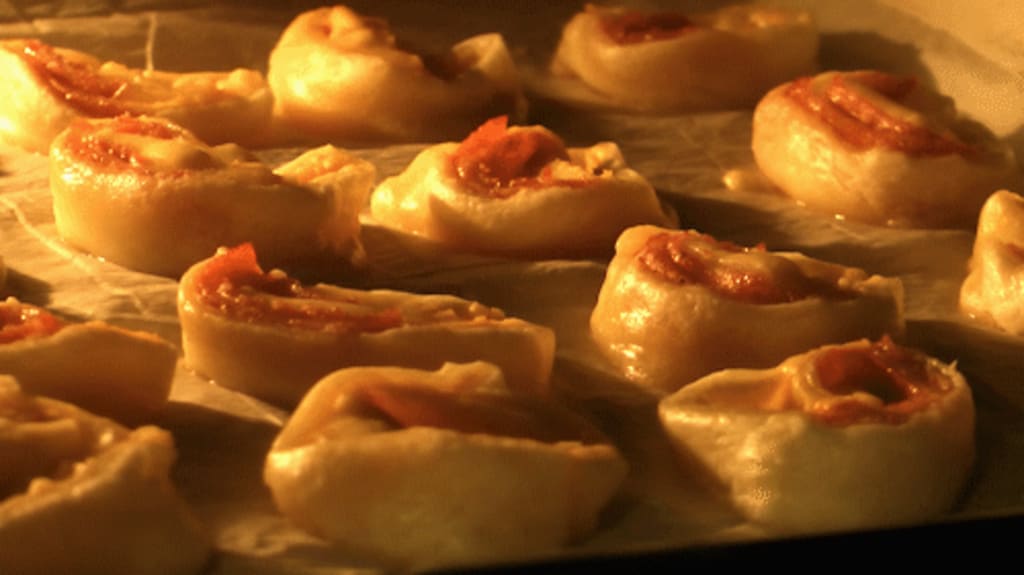
“Always put la sal in before la pimienta.” it was apparently a secret that no one knew but my mother since she would often assert this piece of useful information in a half-baked sentence that somehow combined both English and Spanish. Apparently food has a better relationship with salt than they do with pepper which is why you would pour in salt to get it sweet before you upset it with pepper. At least that was the explanation my mother would give, albeit an explanation in English and Spanish.
My knowledge of the amount of work that goes into cooking a dish has amplified immeasurably. Most food connoisseurs are restless experimenters who see the blemishes of the world and the cultures that inhabit it. It is not the purity or even necessarily the finest food that interests a true crackerjack of the cultural food arts, but its history. Why we eat what we eat and how it came to be, these are the questions that truly drive us.
The process of cooking and the after taste it leaves on our body and mind is probably just as important as the meal itself. Food is the foundation that frames all of our lives, events, and celebrations since it is a fundamental role in forming companionships. My mother understood the crucial role that food plays and often times imbued her very being into her cooking as well as embracing the traditions that go with it.
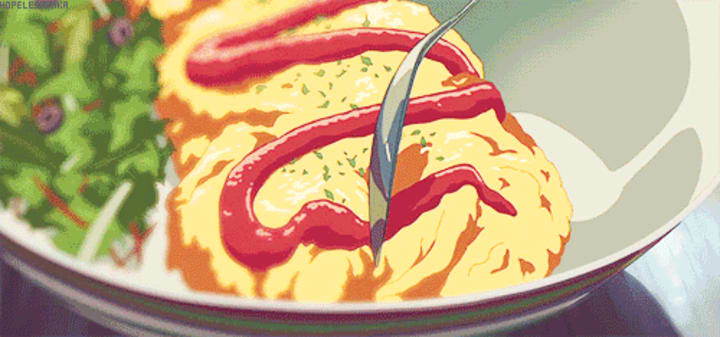
Like a lyricist or a poet would devise and dissect the right words with just the right amount of meaning; cooking is a process the requires an understanding of the harmonies and prose since each serve as the spices for the finished product. It is a process that my mother has taught me to be mindful of and to recognize the history and culture that forged these dishes as well as to see just how far they have come since first bite.
If my Irish roots have taught me anything, it is how much effort and time needs to go into kneading your food as if your culture depends on it. Look no further than Ireland’s very own and beloved soda bread for physical evidence. It’s not an easy task to start it from scratch with flour, sugar, salt, buttermilk, and a lot of baking soda providing the main components, but these can only do so much if you haven’t molded or shaped your big ball of dough fittingly enough before chucking into an oven.
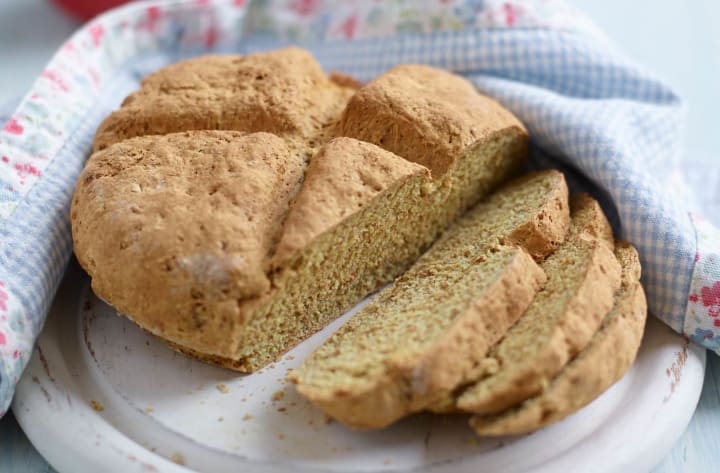
The most paramount of contrasts between soda bread and regular being that soda bread is completely natural with baking soda being used as the leavening agent as opposed to yeast. This gives the bread all its flavors and not as many fluffs. But we’d be remiss to say that it is something that you can get down in one try, but once you’ve finally gotten the hang of it, at least enough for you to confidently throw in your own improvements, than you can almost bite into its history and appreciate the savory juices of a proud culture still very much in touch with its traditions.
The Irish roots that grow in me, however, are not on my mother’s side, despite her newfound soda bread baking talents. No, in fact, my mother hails from the northwestern side of the Dominican Republic right before the Haitian border in the province of Dajabón. Not that I’m expecting you to know this since not very many people know very much about the Dominican Republic with the exception of its traveling resorts in Punta Cana and ability to breed baseball players.
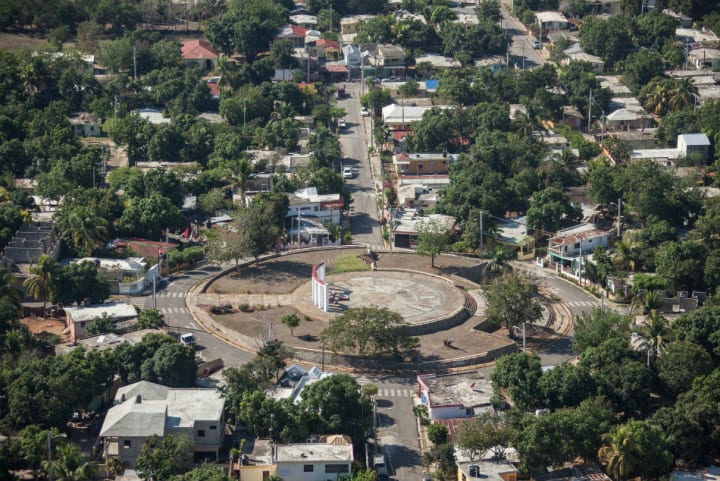
Ireland and the Dominican Republic are two vastly different cultures separated by over 4,000 miles of the Atlantic Ocean. In a day and age where multiracial and diversified relationships are veering more and more towards a sense of normality, people are still taken aback by the notion of my two major heritages interconnected. When one thinks of Ireland, naturally, they do not imagine any Dominicans finding their way over there. Actually, if one were so inclined to Google Irish Dominican in their search bar one would find a plethora of images of Irish Dominicans, but it would be the Irish Catholic Province of Dominican Order.
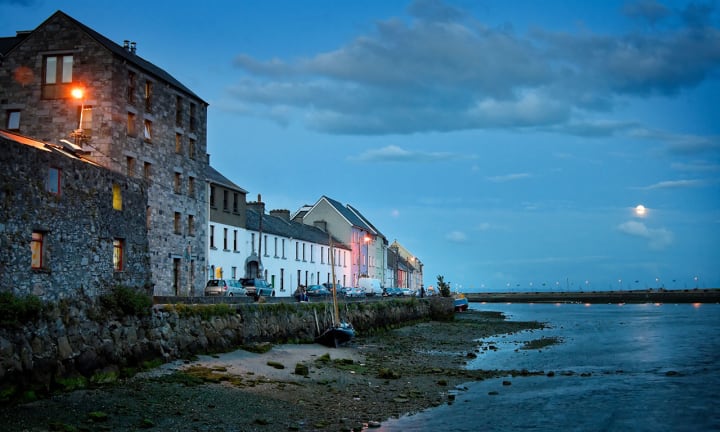
Not that I’d blame one for failing to find a relationship between the two. At first glance, there doesn’t really seem to be any if you take into account their regions. Ireland is famous for their damp winds and rain soaked trees that range from a Fahrenheit within 40 to 50 degrees on a good day. On one end is Galway Bay where you can taste the thick salty air in the back of your throat and on the other end is the stony summits of the Wicklow Mountains. In between these two features is nothing but green. So much so that its green pastures have branded it the name Emerald Isle and can be seen from space.
Comparing this to that of the region that the Dominican Republic finds itself in would be a bit of a burden in itself. It is one of the largest caribbean nations and maintains a tropical climate near 80 degrees with a humidity that can go even higher than that. Its tallest mountain is Pico Duarte and, at 10,000 feet, it is taller than any of the mountains in Ireland.
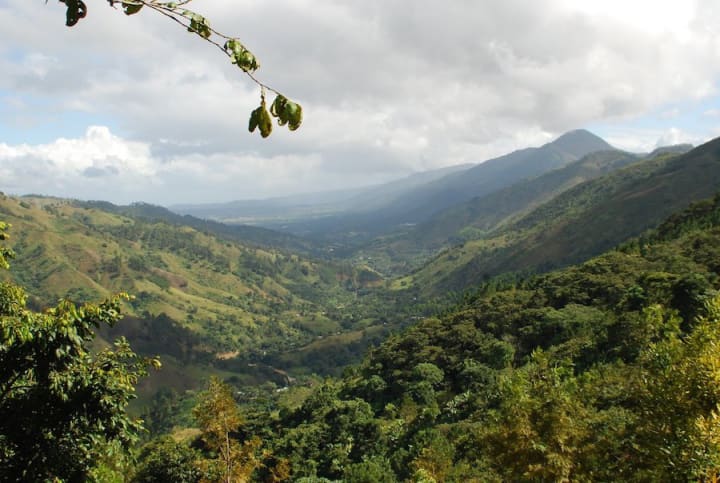
The Dominican Republic, just like Ireland, produces much of its own food. Two-fifths of its land is farm and meadows and my mother was raised on one of these farms during a time when what was grown on it was enough to financially support a family of 12 such as hers. Since than however, well, times have changed drastically and, just like Ireland, it is the traditions bestowed upon the newer generations that continue to define their regions.
How did these strange foods come to be? What curious cook once sweated over a steaming black pot over a pit of fire before they attempted the crazed notion of conjoining a broth with some meat. Traditions are important and Ireland certainly has an intricately long history of them. So much so that it’s hard to pinpoint when and where exactly foods such as soda bread had come to be. What innovator thought to act on the concept of using buttermilk in their dough before they realized its contents helped produce a much more savory melody of airy and velvety bread when carbonated with baking soda.
Indeed, Christianity is just one element that serves as a parallel between the two nations. The Dominican Republic’s history began with the arrival of Christopher Columbus and the Spanish in its neighboring country of Haiti. Conquering lands and spreading Christianity, the Dominican Republic has seen control and secession for centuries between Spain, France, Haiti, and back again before their formation in 1844 and again in 1865. Santo Domingo, the nation’s capital, is one of the oldest European settlements.
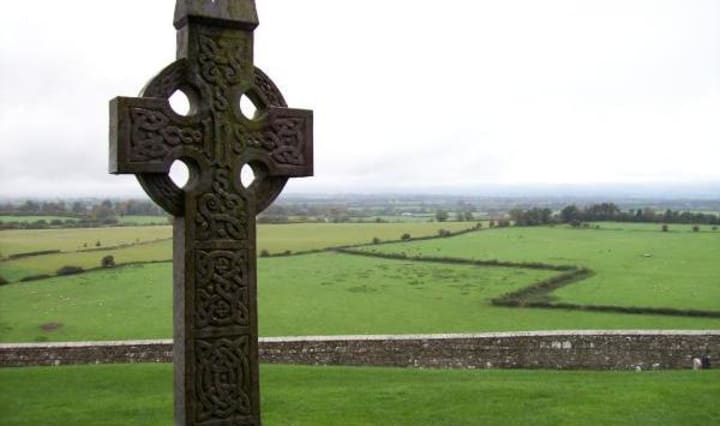
Ironically, Ireland’s independence is far more recent than that of the Dominican Republic. Ireland’s capital, Dublin, is an even older settlement, but, after centuries of loosely constructed governments and earldoms, the country’s sovereignty did not come to be until the 20th century with the Irish Free State becoming the Republic of Ireland in 1937. When one thinks of Ireland and the food that they grow, an almost instantaneous thought that slingshots to mind is the round, light brown beauty known as the potato. Wet and rugged in its texture and starchily dusted in its appearance, potatoes have been the elected representative of everything Irish for as long as I can remember.
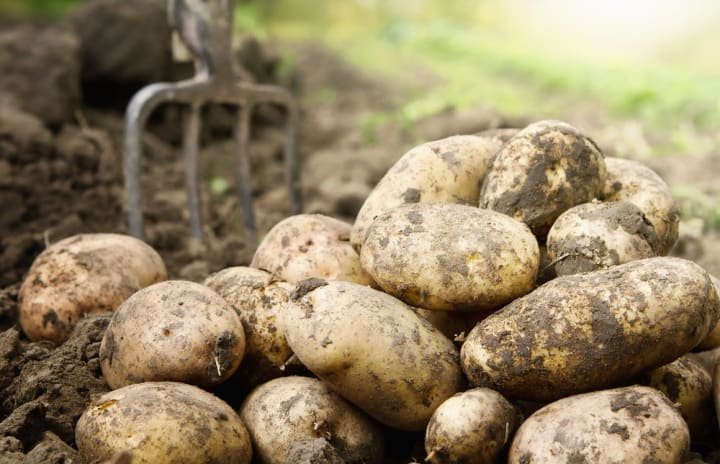
Originating from South America, potatoes became the base good for those who found themselves within the poorer constructs of the Irish class system. They can grow in pretty much any kind of soil which makes it a perfect marriage for the diverse pastures of the Emerald Isle. Since you could effectively cultivate potatoes and you didn’t have to be wealthy to do so, the lower class people of Ireland began to get creative with their potato usage.
Boxty in the griddle, boxty in a pan, if you don’t eat boxty, you’ll never get a man. The closing lines to an ancient folk rhyme that fully encapsulates the cultural impact this potato pancake has had on society. Boxty, or “poundies" as the locals say, is an Irish original that has soared in demand as of late. If you ever find yourself venturing into a pub in Ireland, they are likely to make an appearance on the menu. Whether in pancake shape, loaf, or boiled, boxty is a discernible Irish treat served for breakfast, lunch, and dinner.
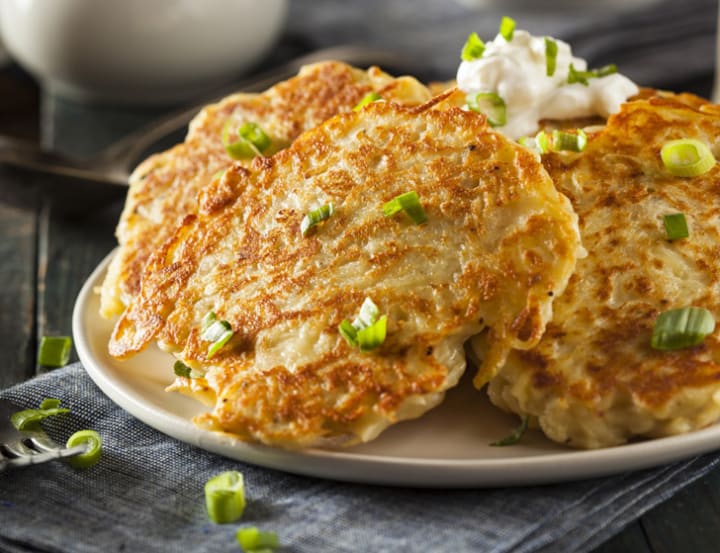
Minced or mashed, the potatoes must be churned while gradually pouring in flour; an essential rule in order to keep its consistency. It is all cooked in a griddle or a pan with some melted butter and almost always served with a tall glass of 7Up. If you’re Irish, you are most likely well aware of the importance of 7Up. It can solve all of your problems from a buttery stain in your shirt to a pulsating headache after a night from drinking. It is only a matter of time before Ireland’s love for 7Up catches up to them and becomes another archetype on par with potatoes.
Arguably, more associated with Caribbean nations such as the Dominican Republic than potatoes and 7Up are with Ireland, rice and plantains maintain their prominence, plantains more specifically. If you’ve lived in and around the Dominican Republic, you were born and raised eating them, and incorporating them into your every meal. You almost don’t even have to see or touch them to know you are not very far from a plantain farm.
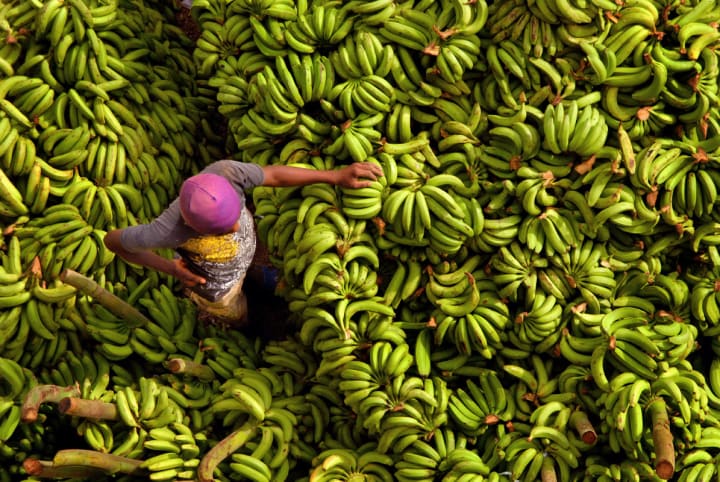
Like potatoes, plantains were the top shelf choice for those just barely getting by. What are they? Essentially bananas with a lot less sugar and a thick green skin that gives off a cracking sound every time you peel back a layer. My mother was born eating plantains and mangú was her speciality. Butter melted into some boiled or mashed plantains with red onions and mixed with some beaten eggs. Served alongside some fried cheese and salami, mangú has a traditional cooking method that has evolved throughout the years and you can see that different methods have taken the old recipe to task. In the southern part of the country near Santo Domingo, they tenderize with a bit of salt and tomato sauce which, according to my mother, is a great way to ruin a great meal. Instead, she opts for an olive oil drizzle and topped with a lemon zest.
About the Creator
JMM
I'm a freelance creator and writer based in Chicago. "Don't talk unless you can improve the silence."


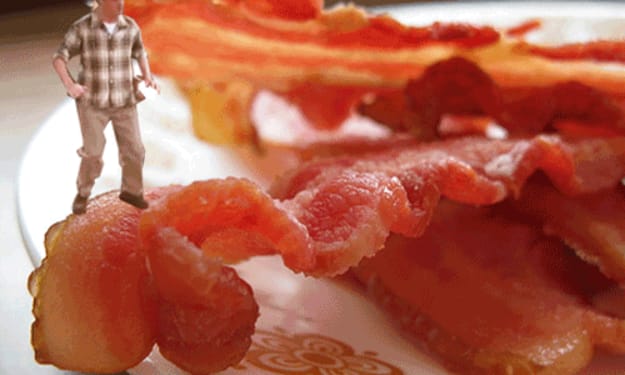
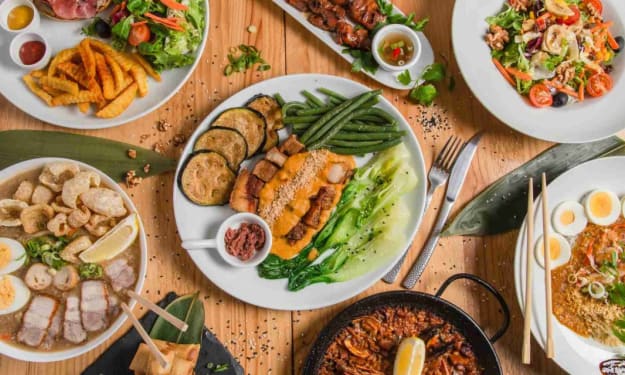


Comments
There are no comments for this story
Be the first to respond and start the conversation.